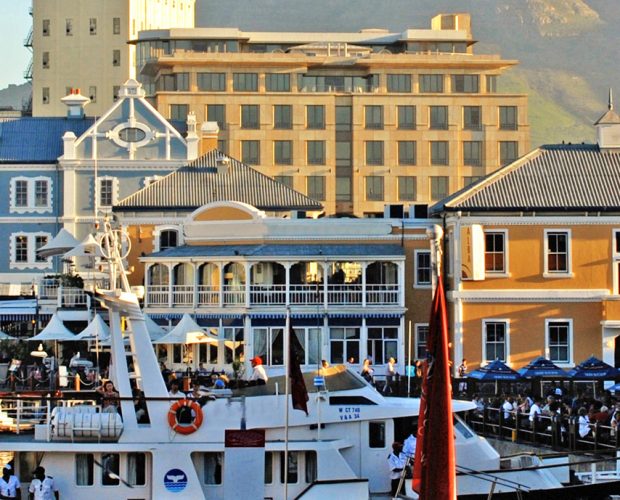Discover Cape Town: a blend of historical richness, cultural diversity, and natural beauty crowned by Table Mountain.
Read more
EXPLORE ALL OUR GUIDES TO SOUTH AFRICA'S WINE REGIONS
Last updated: April 10, 2024
Of all the regions in South Africa that have yet to realize their potential fully, Swartland undoubtedly offers the most promise. Situated to the north-west of Paarl, Swartland (Black land in Dutch) is increasingly recognized for its excellent terroir, particularly suitable for growing red varieties such as Pinotage, Shiraz, and other Rhone grapes to optimum ripeness, producing wines of real concentration and inimitable style.
Swartland is 65 kilometers north of Cape Town and is still an important cereal-growing center. But in wine terms, it was formerly regarded as a poor relation to the more established Stellenbosch and Paarl. Indeed, it was associated with robust, alcoholic, and harsh red wines for many years. It often ended up in the nondescript ‘Cape Blends,’ the mainstay of South Africa’s remaining wine cooperatives. However, this perception is increasingly eroded by pioneers like Charles Back of Fairview and Eben Sadie, who have successfully demonstrated that Swartland can produce powerful yet balanced wines of real class and merit. Their enthusiasm will inspire others to invest in Swartland’s varied terroir, bringing more exciting bottles to South Africa’s rapidly expanding wine styles.
The region is planted with approximately 11,500 hectares of vineyards, with Chenin Blanc, Shiraz, and other Rhone red varieties dominating the picture. The region is quite vast, with higher altitude vineyards flanking the northern side of the Paardeberg Mountain and vineyards that line the plains of Piketberg in the north. And so, like most of South Africa, the topography is diverse, and vineyards can be found in vastly different altitudes and situations, which directly affects the resulting wine style.
Swartland enjoys a very hot and dry climate, with rain rare in summer. Hardy bush vines thrive in these conditions. However, it is equally true that varieties such as Pinot Noir and Chardonnay are simply unsuitable for Swartland’s growing conditions. Dry farming is widespread in Swartland, with sea air from the Atlantic offering a vital moderating factor to the intense summer heat. The vines are predominately planted on Malmesbury Shale, named after the village found in the region. However, pockets of well-drained granite soils can also be found, which tend to produce the most concentrated and ripe fruit prized by the region’s growers.
So what, then, does Swartland offer the curious oenophile? Excellent Shiraz abounds, in addition to aromatic Chenin Blanc and red Rhone blends that have been winning awards worldwide for several years now. The terroir naturally gives hearty, concentrated but fresh wines, ideal for serving with various dishes, including barbecued meats, game, and even bush meat!
Darling, an enclave within Swartland, must not be omitted from this discussion. It is located in the Groenenkloof ward and is very well exposed to cool influences from the Atlantic to the West. It has built a mighty reputation for its pungent, delicious Sauvignon Blanc, pioneered by Neil Ellis. It is also close to the beautiful city of Cape Town, making Darling a must-visit destination for any traveling epicurean.
Chardonnay is a green-skinned grape varietal native to the Burgundy wine region in France and one of the most popular varieties worldwide.
Find out more
The sauvignon blanc grape varietal, originally from the Bordeaux region of France, is now one of the world's most loved white varieties.
Find out moreDiscover grenache, a mediterranean grape that is dark-skinned red wine grape variety and an unlikely hero of a grape
Find out moreMourvèdre is a red wine grape variety of mysterious origin that's grown around the world, including the Rhone and Provence regions of France.
Find out morePinot noir is a light-bodied red wine varietal closely related to the Vitis vinifera grape and produces the most sought-after red wines in the world.
Find out moreSyrah is dark-skinned and perhaps the most underrated of the 'noble' red grape varieties.
Find out moreIf you would like us to customize an exclusive luxury tour, contact us and let us know your travel plans. We offer luxury food and wine tours for private groups of a minimum two guests. In addition, all of our private, chauffeured tours are available year-round upon request.

